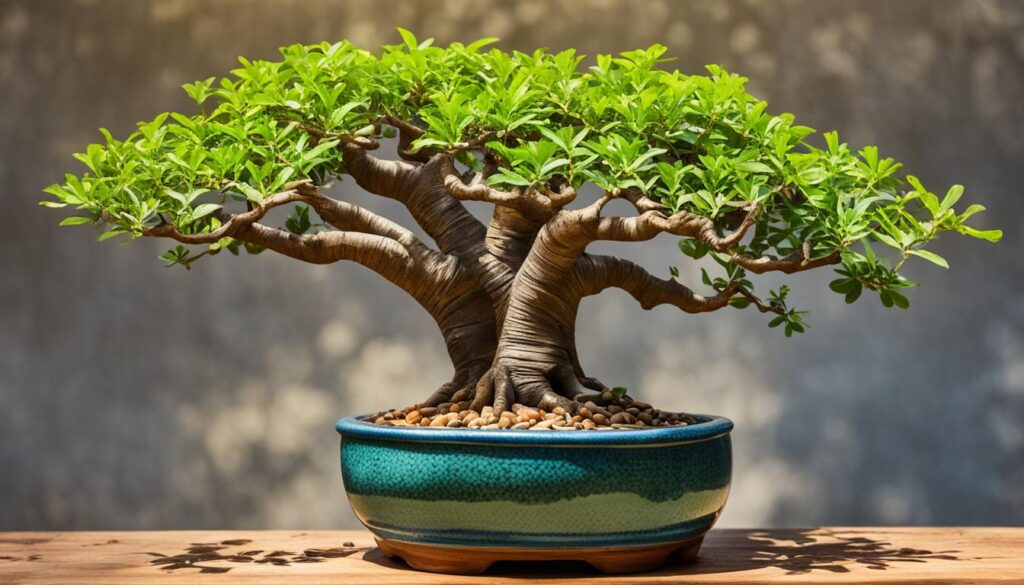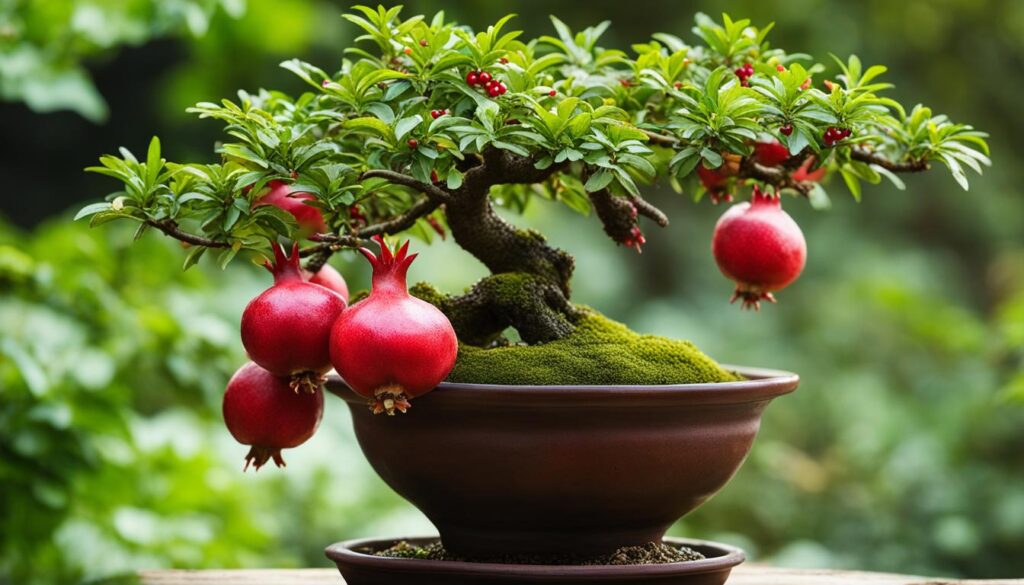Taxus baccata bonsai, or European Yew, is an evergreen conifer native to Western and Central Europe, North Africa, and Asia. In nature, it grows to 10–20 meters but is prized as a bonsai for its adaptability and aesthetic qualities. The tree’s dark green needles grow in rows along the branches, sometimes spiraling in full sun. Its reddish-brown, peeling bark adds to its visual charm.
All parts of the European Yew, except for the fleshy fruit, are highly toxic, requiring careful handling during cultivation.
Key Takeaways
ToggleCharacteristics of Bonsai Yew
Adaptability to Light
Yews thrive in varied light conditions, from full sun to deep shade. Foliage changes with exposure, so acclimatization is key when altering its environment.
Pruning and Back-Budding
Yews bud on old wood, making them forgiving to pruning errors. This trait supports creative styling and complex branch structures over time.
Slow Growth Rate
With slow growth, Yews require repotting every 3–4 years, allowing for gradual, controlled development.
Aesthetic Appeal
The contrast between lush green foliage and reddish-brown bark enhances its visual appeal. Red fruit in autumn adds seasonal interest.
Cultural Significance
Historically, Yews were planted in sacred spaces across Europe for their longevity. This historical context enhances their appeal as bonsai.
Toxicity
Yews’ toxicity deters pests but requires caution, especially in homes with children or pets.
Taxus baccata Bonsai Care
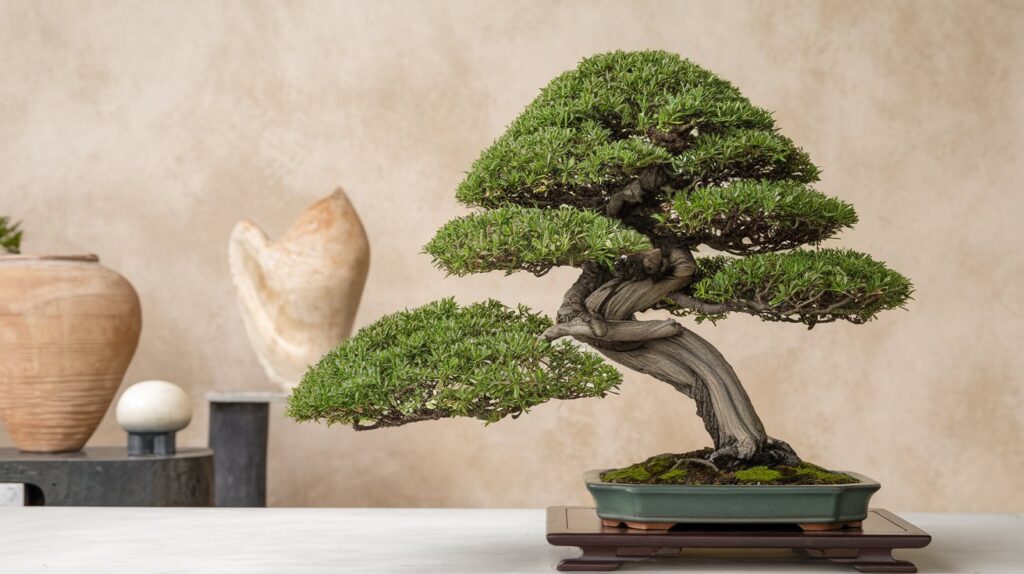
Placement and Light Requirements
Taxus baccata, or English Yew, adapts to various light conditions, from full sun to deep shade. Foliage characteristics change with light exposure, so gradually adjust the bonsai to avoid sunburn. In hot, dry climates, shield it from intense summer sun. In winter, protect the bonsai from frost, direct sunlight, and cold winds to prevent root and foliage damage.
Watering and Soil Requirements
Keep the soil moist during the growing season, but not waterlogged. Let the top layer dry slightly between waterings to avoid root rot. A well-draining soil mix is crucial, such as 45% Akadama (3-6 mm), 50% Kiryu volcanic grit, and 5% chopped Sphagnum moss. Use frost-resistant soil in winter and avoid plastic pots to maintain proper air circulation.
Pruning and Wiring
Yews respond well to pruning, even producing buds on older wood. Prune new growth in summer to promote ramification. Remove needles older than the previous year, keeping about 20 pairs on branch tips. Hard pruning is best in autumn, while pinching new growth can be done during the growing season. Use wires cautiously to shape branches without damaging bark.
Repotting
Repot every 2-4 years, ideally in late summer or early autumn, using a well-draining, slightly acidic soil (pH 5.0-6.0). Avoid heavy root pruning unless the tree is healthy. After major root work, let the bonsai recover for 2-3 years before further shaping. All parts of the plant, except the red fruit aril, are toxic, so handle with care and dispose of pruned material properly.
Fastest Growing Bonsai Trees >>>
Is Taxus baccata Slow Growing?

Taxus baccata is a slow-growing tree, typically reaching about 15 feet (4.5 meters) in 25 years, though some may grow taller over time.
Factors Affecting Growth Rate
- Soil Quality: This tree thrives in well-draining, sandy or chalky soils. Heavy clay or poor soil hinders growth, but adding organic matter can improve conditions.
- Light Conditions: Yews grow best with adequate sunlight, though they can tolerate full shade. Insufficient light slows growth and weakens foliage.
- Watering: Consistent watering is essential, especially when the tree is young. Overwatering can cause root rot and stunt growth.
- Climate: Warm temperatures and balanced humidity support faster growth. Cold or drought conditions slow development.
- Maintenance: Pruning encourages denser, healthier growth. Trees that are regularly maintained tend to grow more vigorously.
Can You Grow Taxus baccata in Pots?
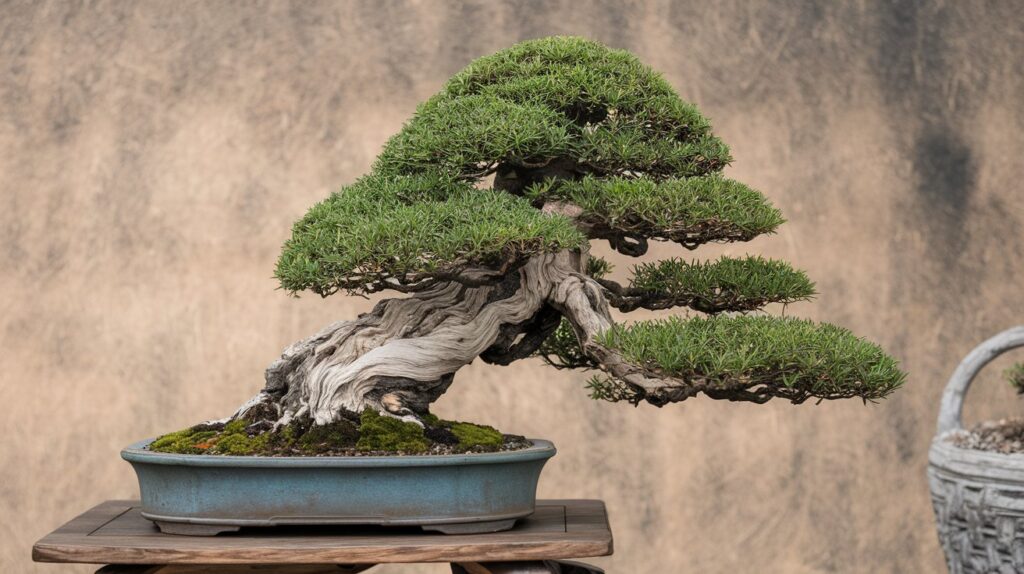
Yes, Taxus baccata (English Yew) can thrive in containers, offering flexibility in garden design. Here’s a guide on pot selection, repotting, and care for growing Taxus baccata in containers.
Pot Selection
- Size: Choose a pot with a diameter of 12-16 inches (30-40 cm) for young plants. Larger Yews may need pots over 20 inches (50 cm).
- Material: Use materials with good drainage like ceramic, terracotta, or high-quality plastic. Avoid moisture-retaining pots to prevent root rot.
- Drainage: Ensure proper drainage holes to avoid water buildup and root rot.
Do Yew Make Good Bonsai?
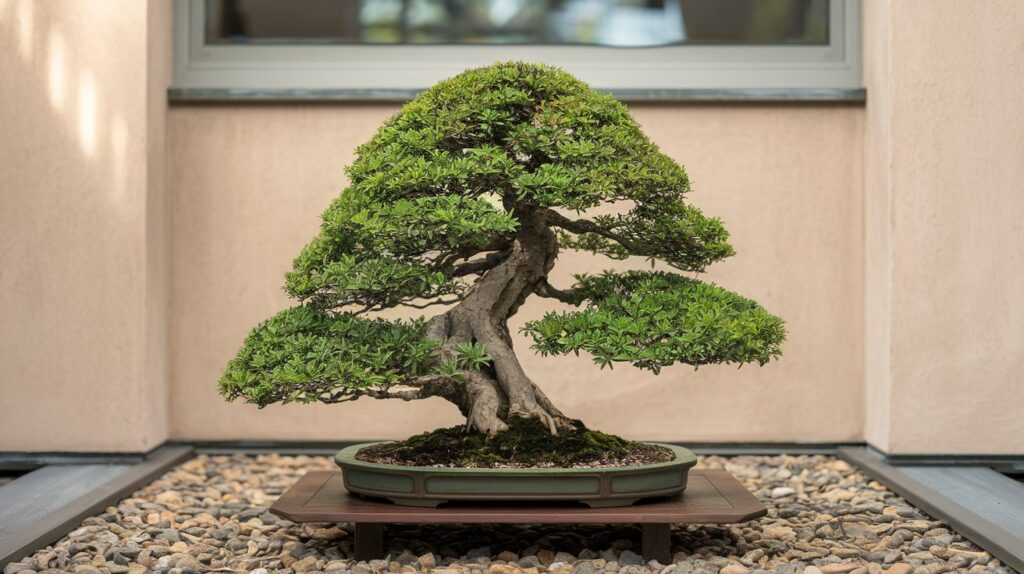
Yew species, particularly Taxus baccata, are ideal for bonsai due to several key factors, making them a favored choice among enthusiasts.
Advantages of Yew for Bonsai
Ease of Styling: Yews are highly flexible in shaping, allowing for significant pruning and budding from old wood. This adaptability helps both beginners and experienced practitioners correct pruning errors while creating intricate designs.
Aesthetic Appeal: The deep green foliage contrasts beautifully with the reddish-brown bark, offering year-round interest. Varieties like ‘Watmong Gold’ provide additional color variation, adding to their visual appeal.
Longevity: Yews can live for centuries, allowing for the gradual development of desirable bonsai traits like thick trunks and complex branch patterns.
Hardiness: Taxus baccata tolerates diverse conditions, including partial shade and various soil types. While adaptable, they thrive in well-draining soils and benefit from protection against harsh weather.
Cultural Significance: Yews have long been tied to sacred spaces and cultural traditions, adding historical value to their cultivation beyond their ornamental use.
Comparison with Other Bonsai Species
Growth Rate: Yews grow slowly, akin to Junipers and Pines, making them less demanding for frequent pruning compared to faster-growing species.
Pruning and Back-Budding: Unlike species such as Maples or Ficus, Yews can bud on old wood, offering greater flexibility in design and recovery from pruning mistakes.
Pest Resistance: While generally resistant to pests and diseases, Yews can suffer from root rot if overwatered. In contrast, species like Ficus may be more vulnerable to common pests.
Aesthetic Versatility: Yews can adapt to a variety of bonsai styles, such as formal and informal upright or cascading styles, with the exception of broom style. Their versatility makes them adaptable to different design preferences.
What are Side-effects of Taxus baccata?
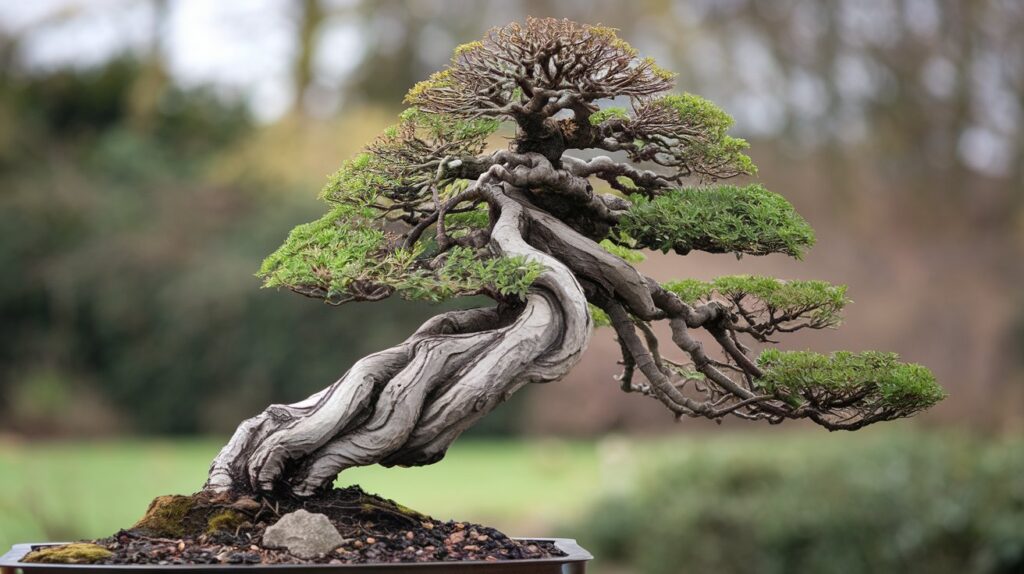
Taxus baccata is extremely toxic. All parts, except the fleshy aril surrounding the seeds, contain toxic taxine alkaloids that can cause severe health issues, including death if consumed.
Toxic Compounds: Taxine A and B are the primary toxins in Taxus baccata, blocking sodium and calcium channels in the heart, leading to cardiac arrhythmias. Poisoning symptoms include:
- Nausea, vomiting
- Abdominal pain
- Dizziness
- Tachycardia (rapid heartbeat) or bradycardia (slow heartbeat)
- Respiratory distress
- Loss of consciousness, and possibly death from cardiac failure
Lethal Dose: For adults, consuming around 50 grams of Yew leaves, or about 3.0 to 6.5 mg of taxines per kilogram of body weight, can be lethal. Symptoms can appear within 30 to 60 minutes, with death occurring in hours if left untreated.
Incidents of Poisoning: Poisoning usually involves deliberate ingestion of Yew needles, but accidental cases can occur, particularly with children.
Safe Handling Tips
- Toxicity Awareness: Understand the dangers of all parts of the Yew, excluding the fleshy arils. Keep children and pets away from the plant.
- Protective Gear: Use gloves when handling the plant, especially during pruning.
- Disposal: Dispose of clippings carefully. Do not compost them as toxicity remains.
- Emergency Preparedness: Know the signs of poisoning and have emergency contacts ready. Immediate medical care is crucial, as no antidote exists for taxine poisoning.
- Plant Placement: When planting, place Yew in areas where children and pets are less likely to ingest it.
Conclusion
In conclusion, cultivating Taxus Baccata Bonsai offers a rewarding experience for bonsai enthusiasts due to its resilience, unique appearance, and slow growth. With the right care—attention to watering, pruning, and container maintenance—you can create a stunning bonsai that thrives both indoors and outdoors.
Whether you’re growing the classic English Yew or the striking Watmong Gold variety, mastering the specific needs of this species will ensure a healthy, long-lasting bonsai that adds beauty and elegance to your collection.
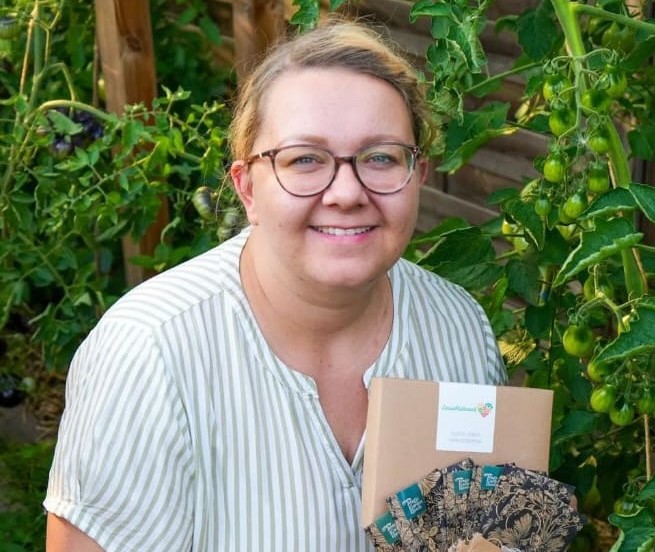
Karen Phillips, Bonsai expert and blogger. Read more about me here


